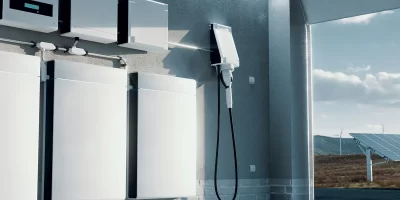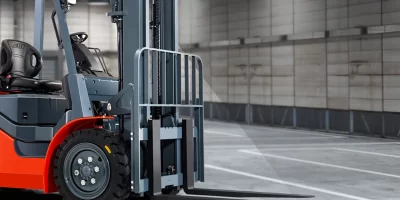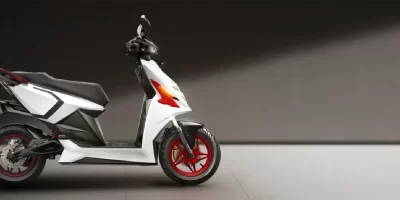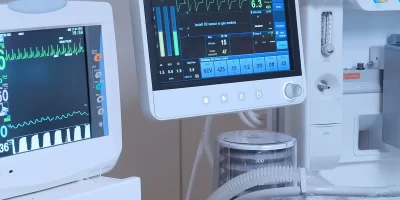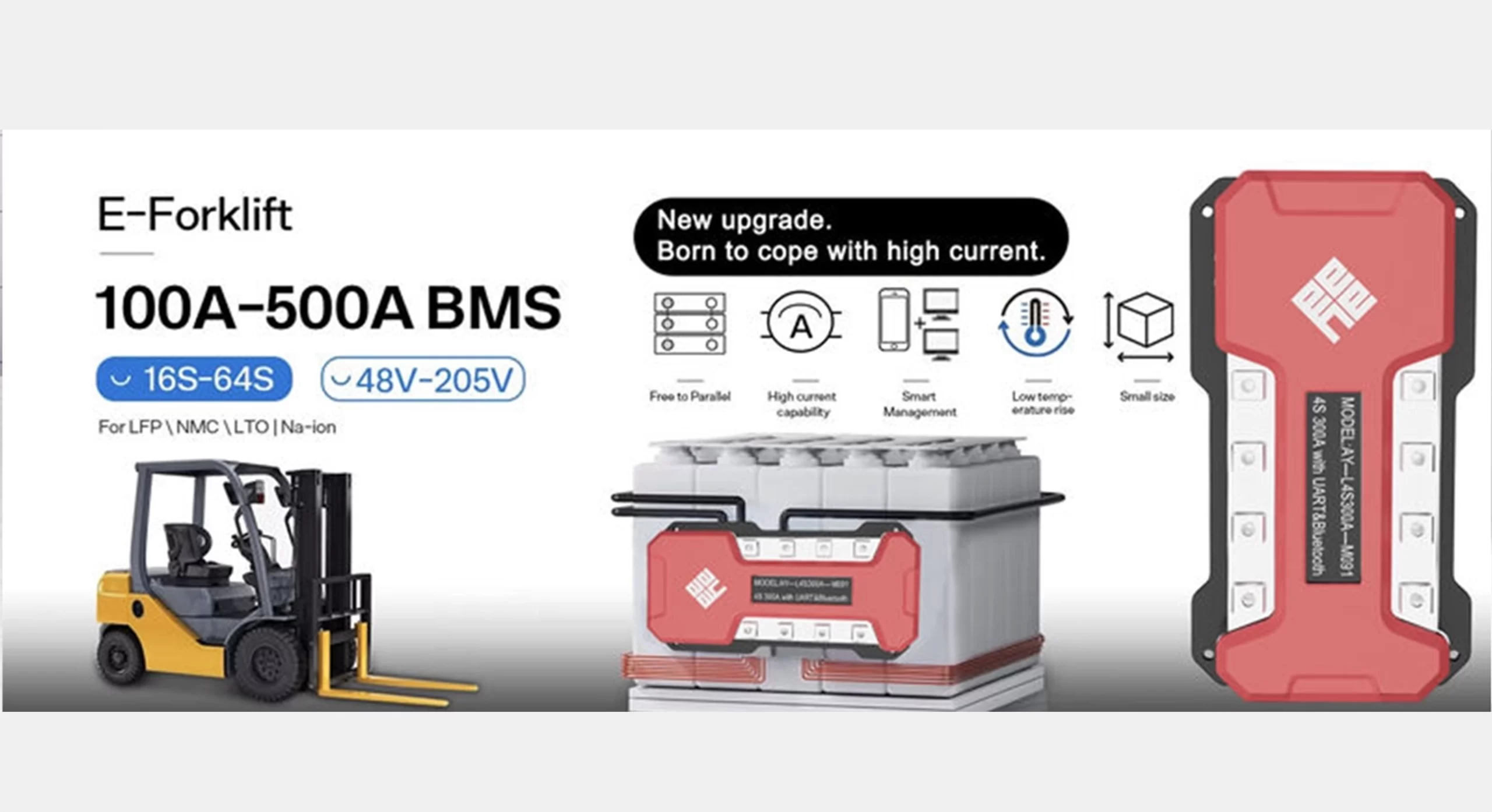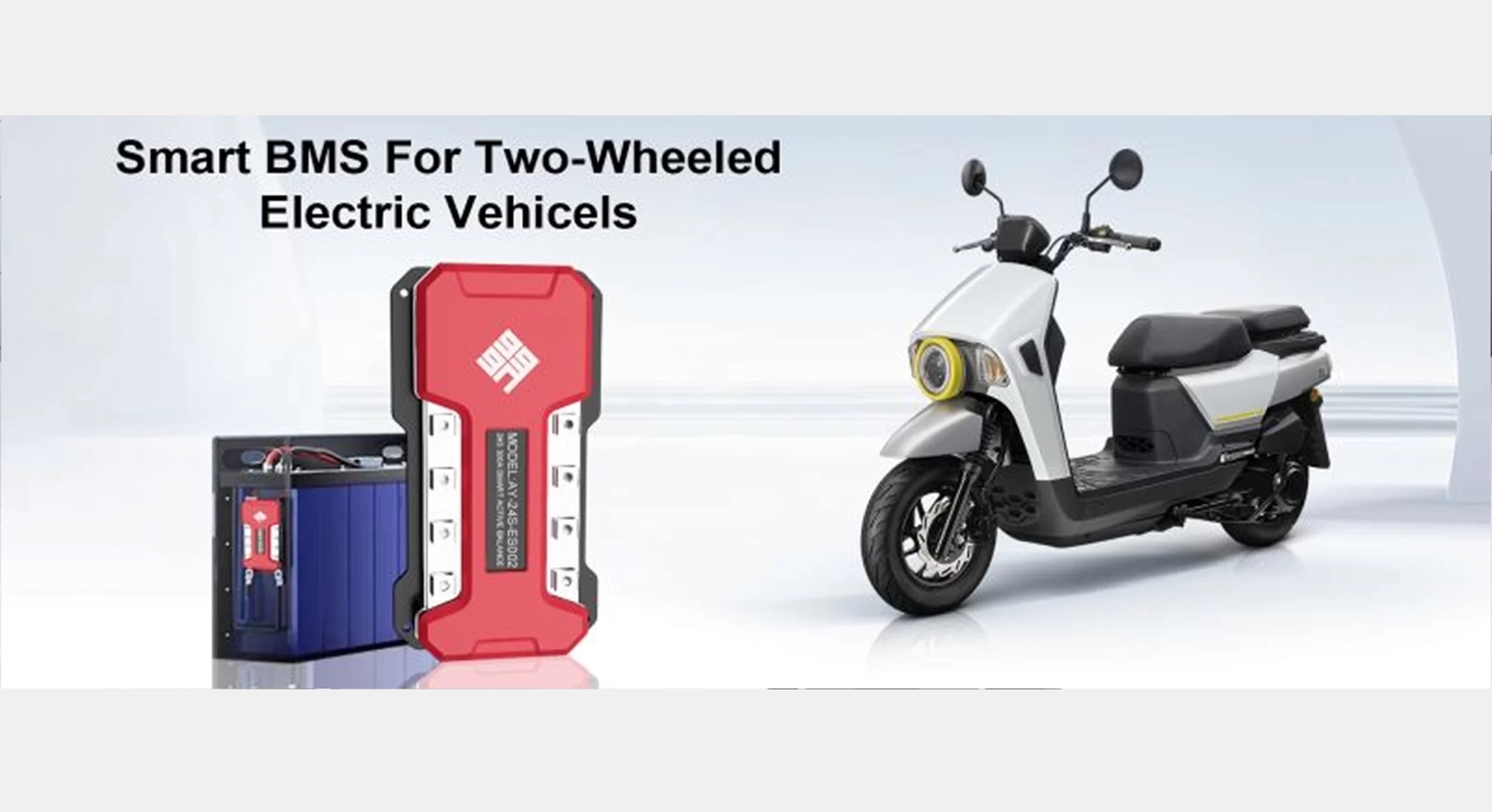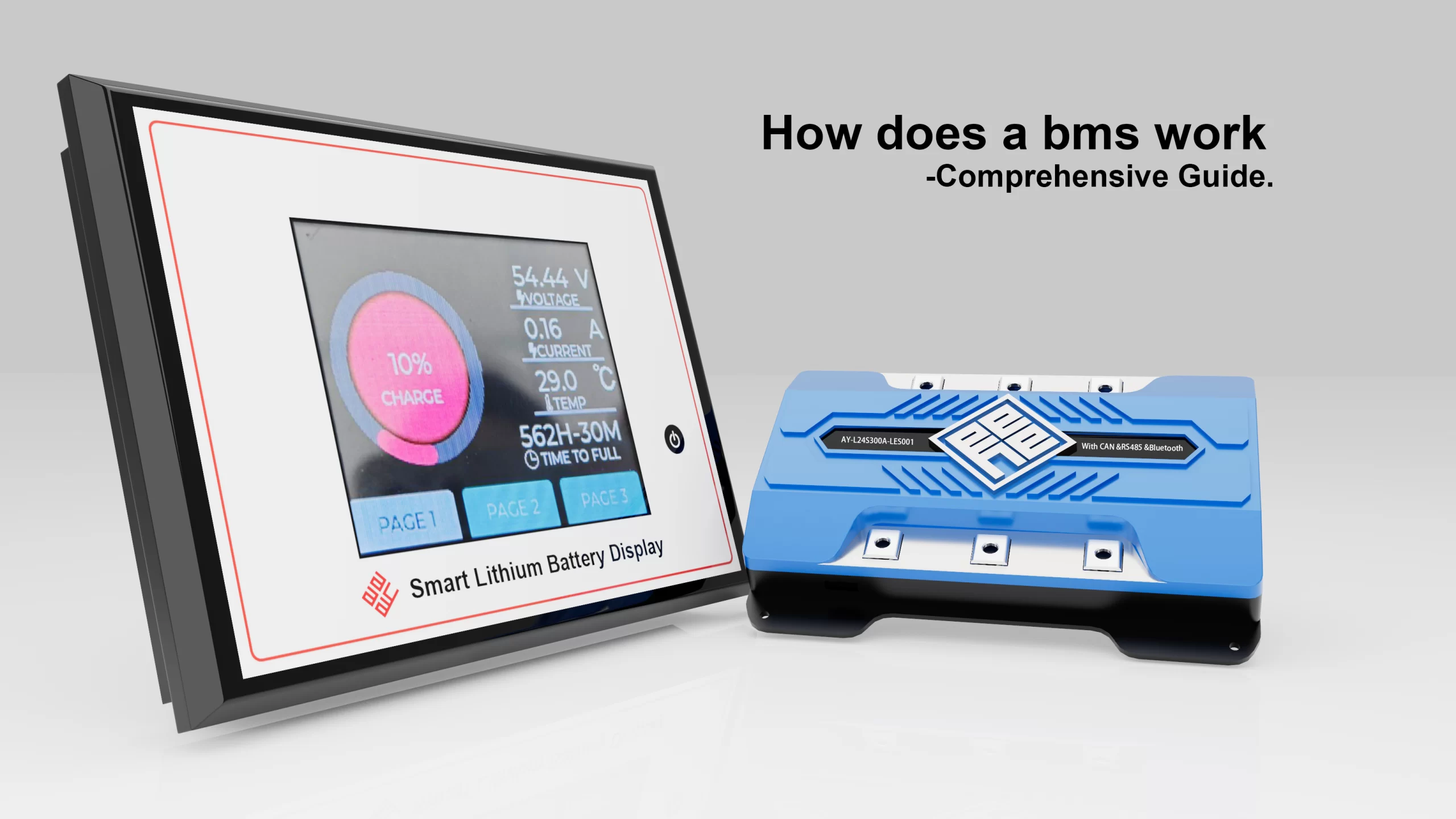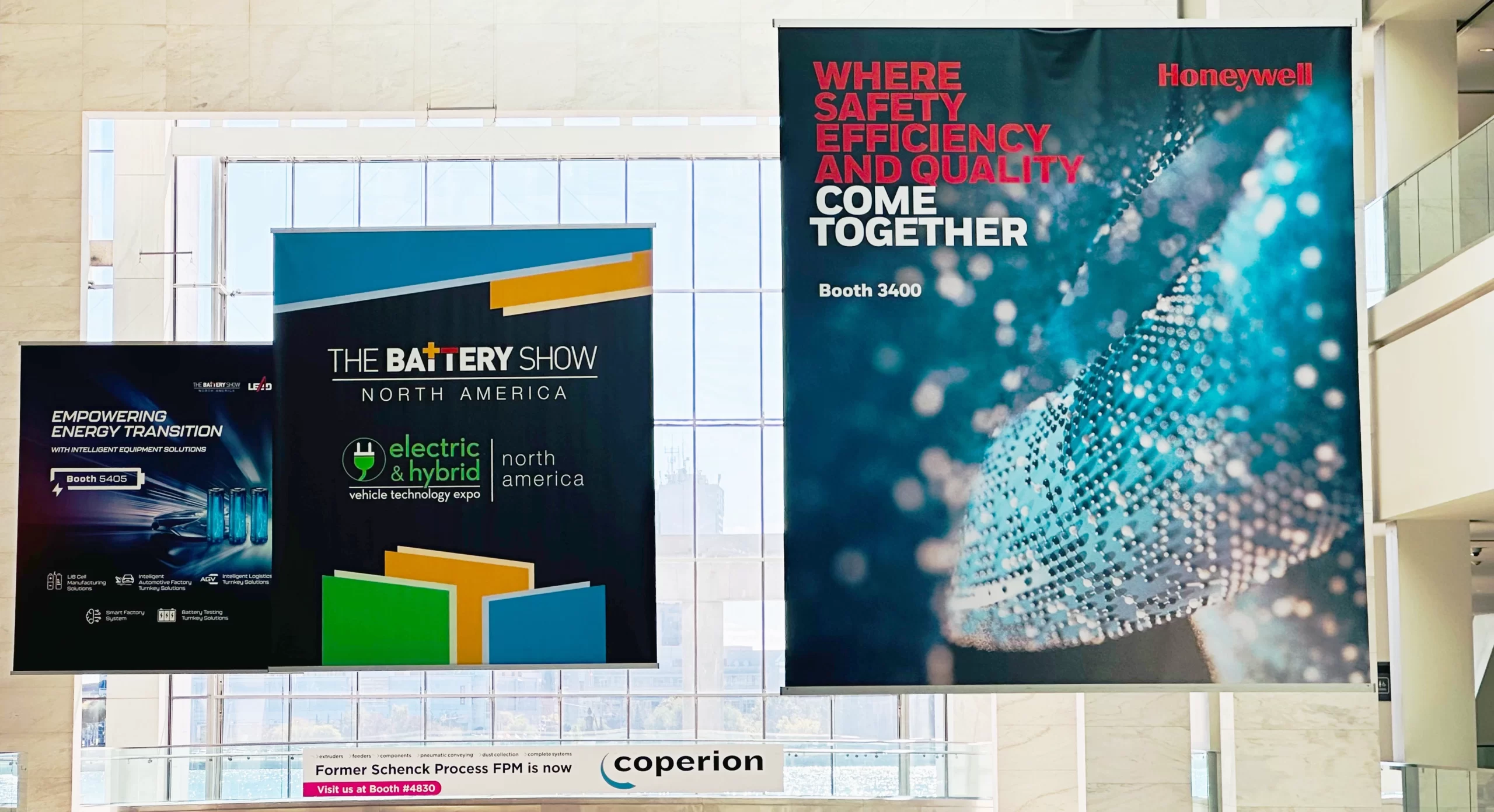Home About Us EVENTS & NEWS How to Choose the Best Golf Cart Batteries 36V for Longer Performance and Efficiency
How to Choose the Best Golf Cart Batteries 36V for Longer Performance and Efficiency
When it comes to powering your golf cart, selecting the right battery is crucial for optimal performance, longevity, and efficiency.
Golf carts are not just used for leisurely rounds of golf—they’re also popular for a variety of other uses, from personal transportation on golf courses to use in communities and resorts.
The best golf cart batteries 36V are now a necessary component of electric golf carts due to their increasing popularity.
The key elements to take into account when selecting a 36V battery for your golf cart are listed below, so you may make the best decision possible for enduring, effective operation.
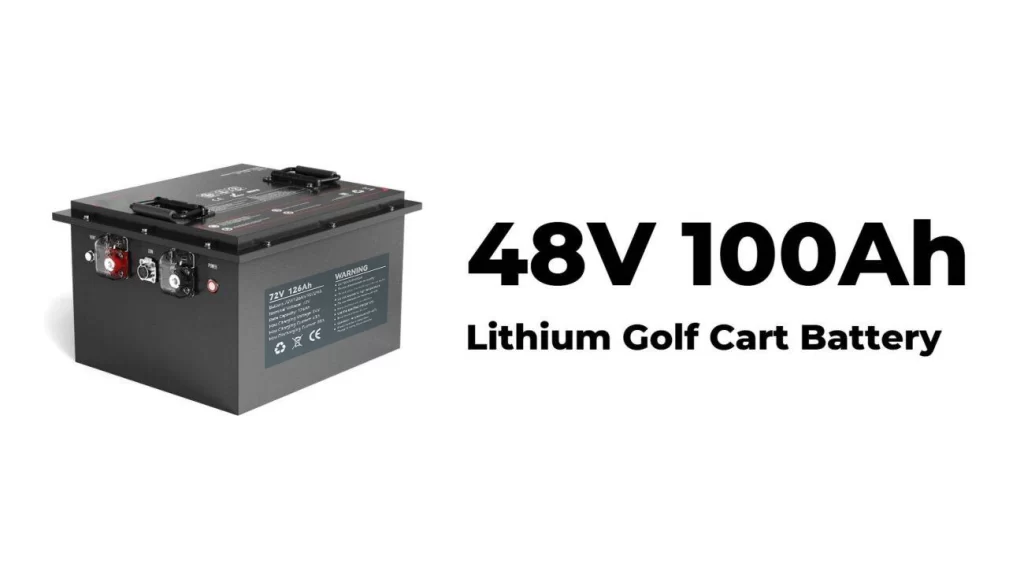
Structure of a Golf Cart Battery
Golf cart batteries, especially those used in modern electric carts, are built with performance, durability, and efficiency in mind.
Their structure varies depending on the battery type—lead-acid or lithium-ion—but the essential components remain consistent in function.
Below is a breakdown of the core structure and elements of a typical golf cart battery:
1. Battery Cells
Lithium-Ion Batteries: Use a series of cylindrical, prismatic, or pouch cells, each delivering approximately 3.2–3.7 volts.
These cells are connected in series and parallel configurations to achieve the desired voltage (e.g., 48V) and capacity.
2. Electrodes
The cathode (positive) and anode (negative) are important parts of this type of battery:
In lithium-ion, the anode is typically graphite, and the cathode can be made from lithium iron phosphate (LiFePO4), lithium cobalt oxide (LiCoO2), or other chemistries.
3. Electrolyte
Acts as a medium for ion transport between electrodes:
Lithium-ion batteries use a lithium salt (e.g., LiPF6) dissolved in an organic solvent.
4. Battery Case (Enclosure)
A durable, heat-resistant, and non-conductive outer casing made of polypropylene or another strong plastic that:
Protects internal components.
Provides insulation and structural integrity.
5. Battery Terminals
Positive and negative terminals are located at the top or side of the battery for connection to the golf cart’s power system.
Made from lead, brass, or stainless steel to ensure reliable conductivity and corrosion resistance.
6. Inter-cell Connectors
In multi-cell batteries, cells are connected via internal busbars or wiring, enabling series/parallel configurations to increase voltage or capacity.
These connectors are usually made of copper or nickel-plated steel.
7. Battery Management System (BMS) – in Lithium-Ion Batteries
A critical component of lithium-based golf cart batteries. Monitors and manages:
Cell voltage
Temperature State of charge (SOC)
Balancing between cells
Overcharge/over-discharge protection
Ensures safe, efficient, and balanced operation of the battery pack.
8. Separator (Inside Each Cell)
A porous membrane that physically separates the positive and negative electrodes.
Allows ion flow while preventing short circuits.
In lithium-ion, it’s usually a polyolefin film.
9. Cooling or Ventilation Features (Optional)
Some high-performance batteries integrate cooling fans, heat sinks, or ventilation systems to regulate temperature and prevent overheating during heavy use or charging.
10. Smart Communication Modules (Advanced Lithium Packs)
Premium lithium-ion golf cart batteries may feature CANBUS, Bluetooth, or SMBUS modules for:
Real-time battery monitoring.
Remote diagnostics via mobile apps. Integration with vehicle systems.
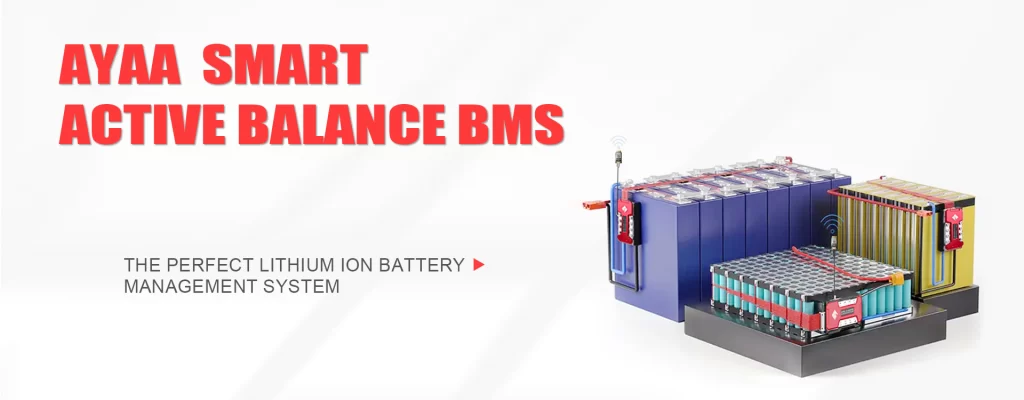
Characteristics of best Golf Cart Batteries 36V
Golf cart batteries are an essential component for powering electric golf carts, ensuring their reliability, performance, and longevity.Here are the key characteristics of golf cart batteries:
1. Voltage Options (24V, 36V, 48V)
Golf cart batteries are typically available in different voltage configurations such as 24V, 36V, and 48V, depending on the cart’s motor and power requirements.
Higher voltage batteries generally offer more power and better performance, especially for larger or faster carts.
24V batteries: Suitable for smaller or less powerful golf carts.
36V batteries: Provide a balance of power and efficiency for most standard golf carts.
48V batteries: Typically used in high-performance carts, offering faster speeds and longer distances.
2. Battery Chemistry
The two most common types of batteries used in golf carts are Lead-Acid and Lithium-Ion (Li-ion) batteries.
Lead-Acid Batteries:
More affordable upfront cost.
Heavier and less efficient than lithium-ion.
Require regular maintenance, such as water refilling.
Shorter lifespan (typically around 500-700 cycles).
Lithium-Ion Batteries:
More expensive upfront but have a longer lifespan (2000+ cycles).
Lighter, more efficient, and require less maintenance.
Faster charging times and a higher energy density.
No maintenance (no need for water refills).
Better performance in extreme temperatures.
3. Capacity (Amp-Hours)
Battery capacity, measured in amp-hours (Ah), refers to how much charge the battery can store.
A higher Ah rating means the battery can provide power for a longer duration.
Golf cart batteries typically range from 100Ah to 200Ah, with higher capacity batteries providing longer driving distances on a single charge.
4. Cycle Life
The cycle life of a battery refers to how many times it can be charged and discharged before its capacity drops significantly.
Lead-acid batteries usually have a cycle life of around 500-700 cycles.
Lithium-ion batteries can last 2,000 cycles or more, significantly extending the battery’s usable lifespan and reducing long-term costs.
5. Charging Time
Charging time is another crucial characteristic of golf cart batteries.
Lead-acid batteries can take up to 6-10 hours to charge fully.
Lithium-ion batteries charge much faster, typically requiring 2-4 hours for a full charge.
6. Weight
Lead-acid batteries are much heavier, which can impact the overall weight of the golf cart, potentially reducing its performance and efficiency.
Lithium-ion batteries are significantly lighter, improving the cart’s speed, range, and handling.
7. Maintenance Requirements
Lead-acid batteries need regular maintenance, such as topping up the water levels in the cells and cleaning the terminals to prevent corrosion.
Lithium-ion batteries are virtually maintenance-free, making them a more convenient and low-maintenance option for users.
8. Environmental Impact
Lead-acid batteries contain hazardous materials, such as sulfuric acid and lead, and need to be disposed of or recycled responsibly.
Lithium-ion batteries are more environmentally friendly, though they still require proper disposal due to the presence of lithium and other metals.
9. Performance in Extreme Conditions
Lead-acid batteries tend to perform poorly in extreme temperatures, especially in very cold or very hot conditions.
Lithium-ion batteries generally perform better in a wider range of temperatures, making them ideal for areas with varying weather conditions.
10. Cost Considerations
Lead-acid batteries are significantly cheaper to purchase initially, making them an attractive option for budget-conscious users.
Lithium-ion batteries have a higher upfront cost, but their longer lifespan and faster charging times often make them a more cost-effective choice in the long run.
Choosing the right battery for a golf cart depends on factors such as budget, performance needs, and long-term maintenance preferences.
While lead-acid batteries are a more affordable choice initially, lithium-ion batteries offer greater efficiency, longer lifespan, and lower maintenance, making them the preferred option for many modern golf carts.
Additionally, with technological advancements like smart BMS (Battery Management System) integration, lithium-ion batteries provide enhanced safety and performance optimization, ensuring a better experience for users.
The Importance of the Best Golf Cart Batteries
The best golf cart Batteries 36V’s capacity determines how far a golf cart can go between charges.
A golf cart typically requires a 36V battery system to provide sufficient power for smooth and efficient operation.
Choosing the right battery ensures that your golf cart will last longer, run smoother, and perform at its best for years to come.
It can also make a significant difference in terms of energy consumption, maintenance costs, and how often you need to replace the battery.
Key Features to Look for in the Best Golf Cart Batteries
When selecting the best golf cart batteries 36V, several factors should influence your decision.
Here’s what you need to keep in mind:
1. Battery Type: Lithium-Ion
One of the most important considerations when choosing the best golf cart batteries 36V is the type of battery you opt for.
Lithium-ion batteries:
These are becoming increasingly popular in the world of golf carts due to their high energy density, lighter weight, longer lifespan, and fast charging capabilities.
Additionally, lithium-ion batteries are maintenance-free and can last up to 8-10 years with proper care.
They are perfect for users who want a lightweight, efficient, and long-lasting battery solution for their golf cart.
For long-term performance and efficiency, lithium-ion batteries are the better choice.
2. Battery Capacity and Voltage
The capacity of the best golf cart batteries 36V plays a significant role in determining how far your golf cart can travel on a single charge.
Capacity is measured in Amp-hours (Ah).
For golf carts, a battery capacity of 150Ah to 250Ah is typical.
Higher Ah means a longer range, allowing you to use the cart for extended periods without needing to recharge.
When selecting a battery, voltage must be your top priority.
A 36V system is common for most standard golf carts, and you will often need three 12V batteries or six 6V batteries connected in series to make up a 36V system.
A 36V battery that satisfies your golf cart’s specifications is the best option when choosing a battery.
If you use your cart frequently or for long distances, choose a higher Ah rating to ensure that your cart performs efficiently without needing constant recharges.
3. Battery Management System (BMS)
A Battery Management System (BMS) is an integral component of modern battery technology.
The best golf cart batteries 36V come equipped with a BMS to ensure the battery is operating within safe parameters, such as voltage, current, and temperature.
The BMS is designed to protect the battery from overcharging, over-discharging, and excessive heat, all of which can damage the battery and reduce its lifespan.
To maximize longevity and performance, use a 36V battery with a cutting-edge BMS.
The BMS ensures that your golf cart operates efficiently while maintaining the battery’s health.
Which help prolong the life of 36V lithium-ion batteries and offer real-time monitoring and diagnostics.
4. Charging Speed and Convenience
Another important factor when choosing the best golf cart batteries 36V is how quickly they can be charged.
Lithium-ion batteries typically charge much faster than lead-acid batteries, making them more convenient for regular use.
Lithium-ion batteries:
These batteries can charge up to 3 times faster than traditional lead-acid batteries.
This is especially important for those who use their golf cart daily and need to charge it in a short amount of time.
Choose the Best Golf Cart Batteries 36V to get the most out of your time on the course and the least amount of time you spend waiting for a recharge.
5. Cost vs. Long-Term Value
While 36V lithium-ion batteries tend to be more expensive upfront compared to lead-acid batteries, they offer better long-term value.
The best golf cart batteries 36V with lithium-ion technology last longer, have better efficiency, and require little to no maintenance, making them a more cost-effective option over time.
6. Brand Reputation and Warranty
When selecting the best golf cart batteries 36V, it’s essential to consider the brand’s reputation and the warranty they offer.
Leading brands like Shenzhen Ayaa Technology Co., Ltd. offer high-quality, reliable batteries and provide comprehensive warranties.
Choosing the best golf cart batteries 36V is a critical decision for ensuring that your golf cart runs smoothly, efficiently, and lasts for years to come.
Whether you choose lithium-ion or lead-acid, make sure to prioritize capacity, lifespan, battery management systems, and charging speed.
For those looking for cutting-edge performance and long-term reliability, 36V lithium-ion batteries from Shenzhen Ayaa Technology Co., Ltd. offer unmatched benefits.
With advanced BMS technology and high-quality battery solutions, Ayaa Technology is your trusted partner for powering your golf cart with the best battery systems available.
Contact Us
News Recommend
-
How does AYAATECH BMS work in E-scooters
01/16/2025 -
2024 battery show in Detroit,USA.
10/08/2024


